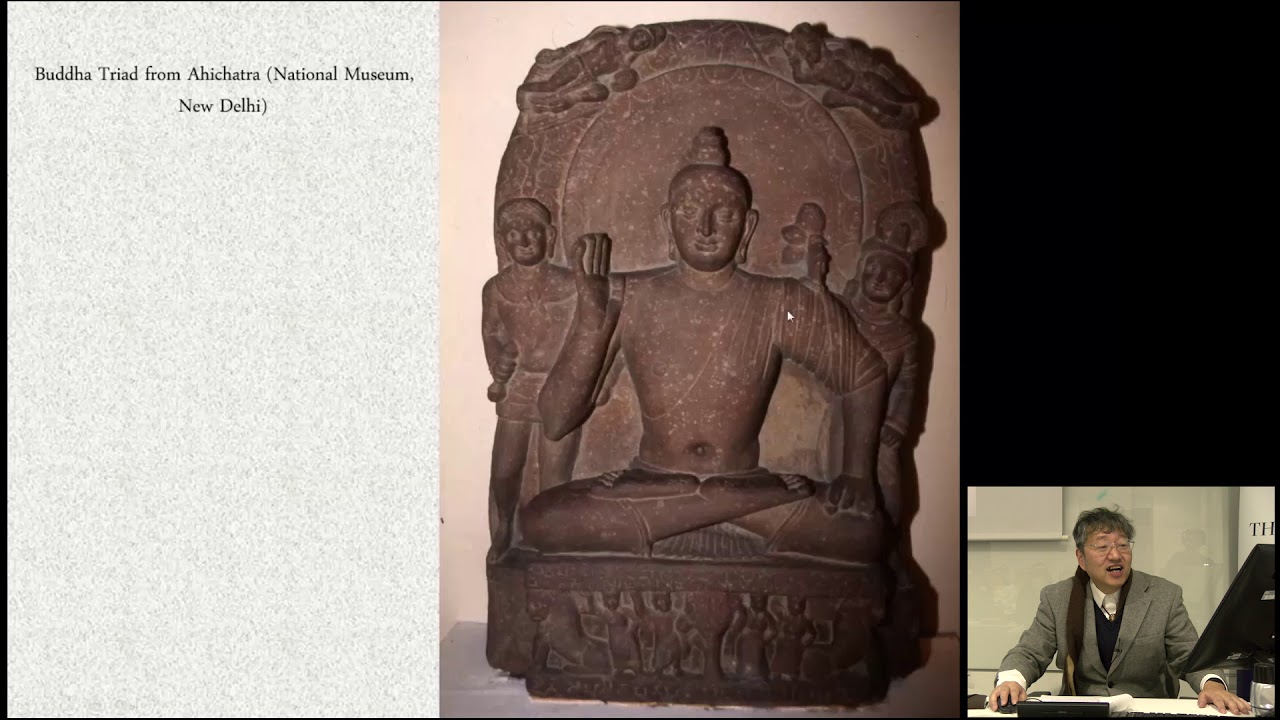The origin of Japanese two world mandala

Key information
- Date
- Time
-
5:30 pm to 7:00 pm
- Venue
- Brunei Gallery
- Room
- B104
About this event
Dr Kimiaki Tanaka (The Nakamura Hajime Eastern Institute)
Abstract
The Ryōkai-mandara 両界曼荼羅 or the Two world maṇḍala were brought back to Japan by Kukai 空海 (774-835), the founder of Japanese Shingon sect. Thenceforth the Ryōkai mandara have been looked upon as the basis of the iconography of Esoteric Buddhism in Japan, and they have exerted considerable influence not only on art, but also on thought and culture.
They consist of the Taizōkai mandara 胎蔵界曼荼羅 or the Garbha-maṇḍala, described in the Dainichi-kyō 大日経 (Skt: Vairocanābhisambodhi-sūtra; "The Mahāvairocana Sūtra"; Taisho No. 848) and the Kongōkai mandara 金剛界曼荼羅 decribed in the Kongōchō-kyō 金剛頂経 (Skt: Sarvatathāgatatattvasaṃgraha; "The Diamond Pinacle Sūtra"; Taisho Nos.865,882). These two maṇḍalas evolved separately in India and entered China by different routes, but in China they subsequently came to be regarded as forming a pair.
In this lecture, I, mainly based on first four chapters of the newly published An Illustrated History of the Mandala, elucidate the genesis and development of the Garbha-maṇḍala and the Vajradhātu-maṇḍala from the early esoteric Buddhism in India.
Bio
Kimiaki Tanaka has been studying the maṇḍala of the Indo-Tibetan and Sino-Japanese Buddhism since 50 years. Through the comparative study of these two traditions, he sheds light on the historical development of the maṇḍala which first culminated in his Ph.D. Theses entitled “Genesis and Development of the Maṇḍala in India” (2008). It was published in 2010 by Shunjūsha with financial support from the Japan Society for the Promotion of Science and was awarded the Suzuki Research Foundation Special Prize in 2013. An English version of this study entitled"An Illustrated History of the Mandala, from its genesis to the Kālacakra-tantra” has been published by Wisdom Publications in December 2018. Tanaka also published on Mitrayogin’s 108 Maṇḍala as well as two important Sanskrit texts on the maṇḍala, namely the the Viṃśatividhi by Nāgabodhi and an incomplete Sanskrit commentary on the Samantabhadra nāma sādhana by Buddhajñānapāda.
